Most cat owners consider themselves well-versed in feline behavior, but the truth is, these enigmatic creatures still hold countless surprises. From their mysterious purring mechanisms to their gravity-defying physics, cats continue to baffle scientists and charm humans in equal measure. Let’s dive into some lesser-known facts about our whiskered companions that might make you see your pet in a whole new light.
The purr puzzle remains one of science’s most delightful mysteries. While we often associate purring with contentment, cats actually produce this vibration in various circumstances - when frightened, injured, or even during childbirth. The frequency range of 25-150 Hertz happens to promote bone density and tissue regeneration, leading researchers to speculate that purring may be a self-healing mechanism evolutionarily perfected over millennia. This might explain why cats recover from falls faster than dogs and show fewer postoperative complications.
Ever noticed how cats always land on their feet? This righting reflex develops at just 3 weeks old and becomes flawless by 7 weeks. What’s truly remarkable is their built-in gyroscopic system - cats can rotate their front and hindquarters independently mid-air, using their flexible spines and the conservation of angular momentum. Their inner ear acts as a biological accelerometer, helping them orient themselves during falls. Contrary to popular belief though, cats don’t always survive high falls unscathed - "high-rise syndrome" shows that falls from 5-9 stories prove more dangerous than higher falls, as cats need time to assume the optimal parachute position.
The feline nose print holds a uniqueness comparable to human fingerprints. Each cat’s nose has distinct ridges and patterns that could theoretically be used for identification, though nobody has developed a feline nose print database yet. This distinctive feature forms during fetal development and remains unchanged throughout their lives. Similarly, a cat’s whiskers don’t just measure width - these specialized hairs called vibrissae connect directly to the nervous system, detecting minute air current changes and helping cats navigate complete darkness with astonishing precision.
Cat communication involves an elaborate system we’re only beginning to understand. The slow blink, often called a "cat kiss," demonstrates trust as they voluntarily close their eyes in your presence. When cats rub against you, they’re not just showing affection - they’re marking you with scent glands located on their cheeks, forehead and flanks, essentially claiming you as part of their territory. Even the act of bringing dead prey represents an attempt to teach you hunting skills, as mother cats do with their kittens.
Their sleeping habits reveal another layer of feline oddity. Cats spend about 70% of their lives asleep, but only about 25% of that constitutes deep sleep - the rest is light dozing that keeps them alert to potential threats or opportunities. This stems from their crepuscular nature as twilight hunters. What appears as laziness is actually energy conservation for bursts of intense activity. The oldest recorded cat lived to 38 years (equivalent to about 170 human years), suggesting that all those naps might contribute to feline longevity.
From their sandpaper tongues equipped with backward-facing hooks for grooming to their inability to taste sweetness due to a missing Tas1r2 gene, every aspect of feline biology tells an evolutionary story. Even something as simple as why cats bury their waste traces back to wild ancestors hiding their scent from predators. The next time your cat does something inexplicable, remember - there’s probably a fascinating biological reason behind that quirky behavior we’ve only begun to decipher.

By /Jun 28, 2025

By /Jun 28, 2025

By /Jun 28, 2025

By /Jun 28, 2025
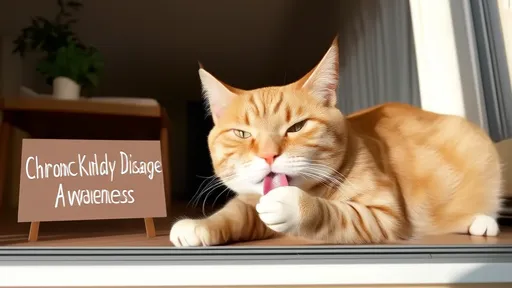
By /Jun 12, 2025
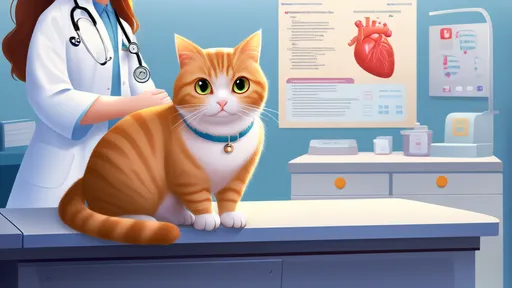
By /Jun 12, 2025
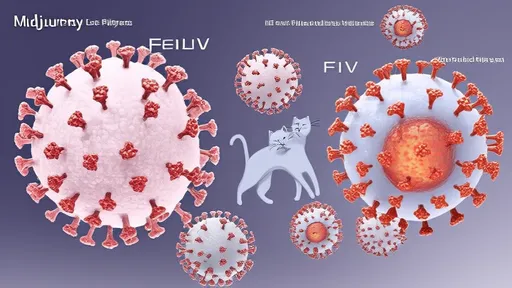
By /Jun 12, 2025
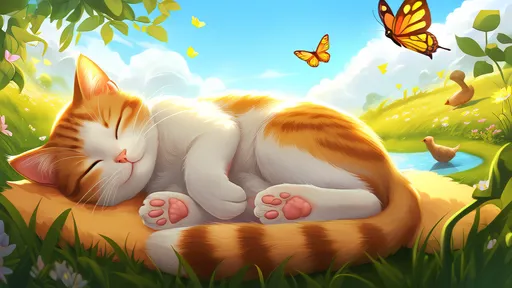
By /Jun 12, 2025

By /Jun 12, 2025

By /Jun 12, 2025
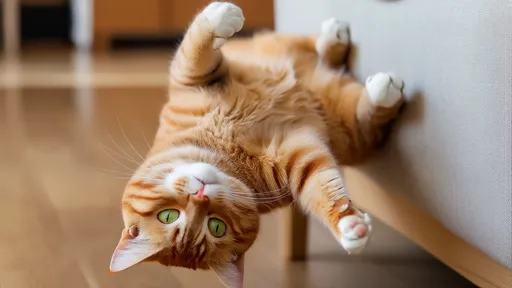
By /Jun 12, 2025

By /Jun 12, 2025

By /Jun 12, 2025
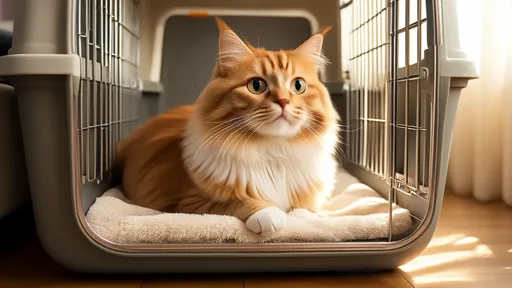
By /Jun 12, 2025

By /Jun 12, 2025

By /Jun 12, 2025

By /Jun 12, 2025